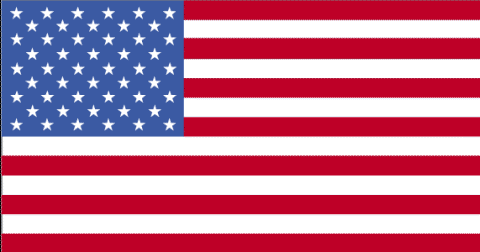 |
The Club For Classic Japanese MotorcyclesFor Japanese Motorcycles 15 years plus |
|
 |
VJMC AGM 2025 Minutes are available in the Members Area |
||||
|
Honda CBX1000- A History - Mel Watkins 
The cbx concept was originally conceived by Honda designers in early 1976 by a project team lead by Shochiro Irimajiri of Honda racing five and six cylinder fame. Initially, the team was asked to develop two motorcycle engines in six and four cylinder guise with four valves per cylinder in line with the racing engines. They were however to have chain driven camshafts not the gear driven of the racing engines. The CBX was named Project 422 and was run concurrently by Irimajiri with the CX500 project he was working on. The four cylinder machine which became the CB900 was carried forward by another team. The six cylinder project moved along until in November 1977 the CBX was launched to the European motorcycle press at the Suzuka track and for American dealers around the same time at a ceremony outside Tokyo. At the Suzuka event the pre production prototypes were tested by among others Bob Berry the former editor of MCN and also Classic Motorcycle Mechanics. Please see pictures of Bob and also Gerald Davison CEO of Honda UK at the time testing the machines. Pictures from my archive via Bob Berry and Gerald Davison. The main difference of the sandcast prototypes which totalled forty one machines was the cylinder heads did not have the large chrome bolt either side of the head seen on the diecast production machines. See picture of comparison of the two heads from my collection. The sandcast head is number 28 and is exceedingly rare. I only know of three others two of which are still owned by Honda and are in museums in Australia and Canada with the third in Norway in private hands. There are other small differences such as the shape of the anti vibration rubbers between the fins on the head. Production ones were square and prototypes round.
The production machines were first seen by dealers in the UK in March 1978 in Leeds and subsequently seen by the public at the Isle of Man TT in June when they were used by the track marshals. The machines were produced in a choice of perseus silver or candy glory red. There are a few black ones in Germany put together by dealers over there but never officially listed in the Honda catalogue. You can read more details in Ian Foster’s excellent ‘The cbx book’ published last year. The first machines sold to the public went out in July at an on the road price of £2,750.00. Due to the complexity of the machines and only one insurance company prepared to cover riders the CBX1000Z sold very slowly and by the end of 1979 they were being discounted by up to £1000.00. My own machine was sold new to it’s first owner for £1850.00! Due to supply problems only a few 1000Z’s were initially sold in 1978 in the USA and did not become freely available to buyers over there until 1979 where it is called the 79 model. There are some differences between the UK & USA models mainly the high bars and different alternator and of course front light on the whole time due to US traffic laws.
Total production of cbx’s came to 38,079 built in Japan with three thousand one hundred and fifty1980 A models built in the USA at their Ohio factory. The A models are fitted with air forks rather than oil damped on the previous Z model. They came in either black or candy glory red and a few have been found in silver although they are not listed officially by Honda in this colour. Also they are fitted with reverse black comstar wheels as opposed the silver standard comstars of the Z. Also,there is a small lid in the top of the tail piece of the A model to take a security wire and they are also fitted with an 85 mph speedo due to the 55 mph speed limit at the time in the USA.
In 1981 Honda decided due to the slow sales of the Z & A models to modify the CBX into a sporty tourer and launched the pro-link B model with full fairing and optional luggage and Honda’s patented pro-link single shock rear suspension. The pro-link was available in Europe in magnum silver metallic and in North America also in Magnum Silver plus Pearl Altair White. There are of course numerous cbx specials such as Moto-Martin from France and Egli from Switzerland.
This is just a brief history of the cbx motorcycle and as I say previously if you want to go into greater detail you should see if you can get your hands on Ian Fosters ‘The CBX BOOK’ or the ‘ Honda cbx Gold Portfolio’ by Brooklands Books which I helped compile and write the forward to. Both turn up on ebay from time to time. If any member has any questions please get in touch through the telephone number or email address on this website and in every issue of Tansha magazine and I will be very happy to see if I can be of assistance.
| ||||
All Enquiries (Office hours) 01454 501310 (Please follow options)
Copyright © VJMC Vintage Japanese Motorcycle Club (UK) Ltd 2010. All rights reserved.
|























